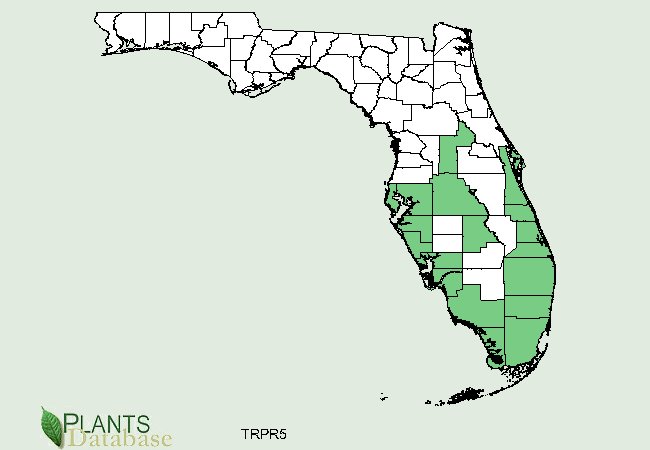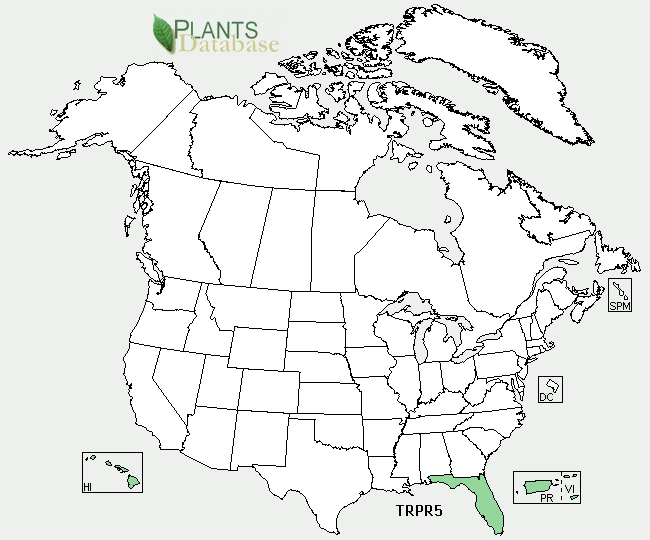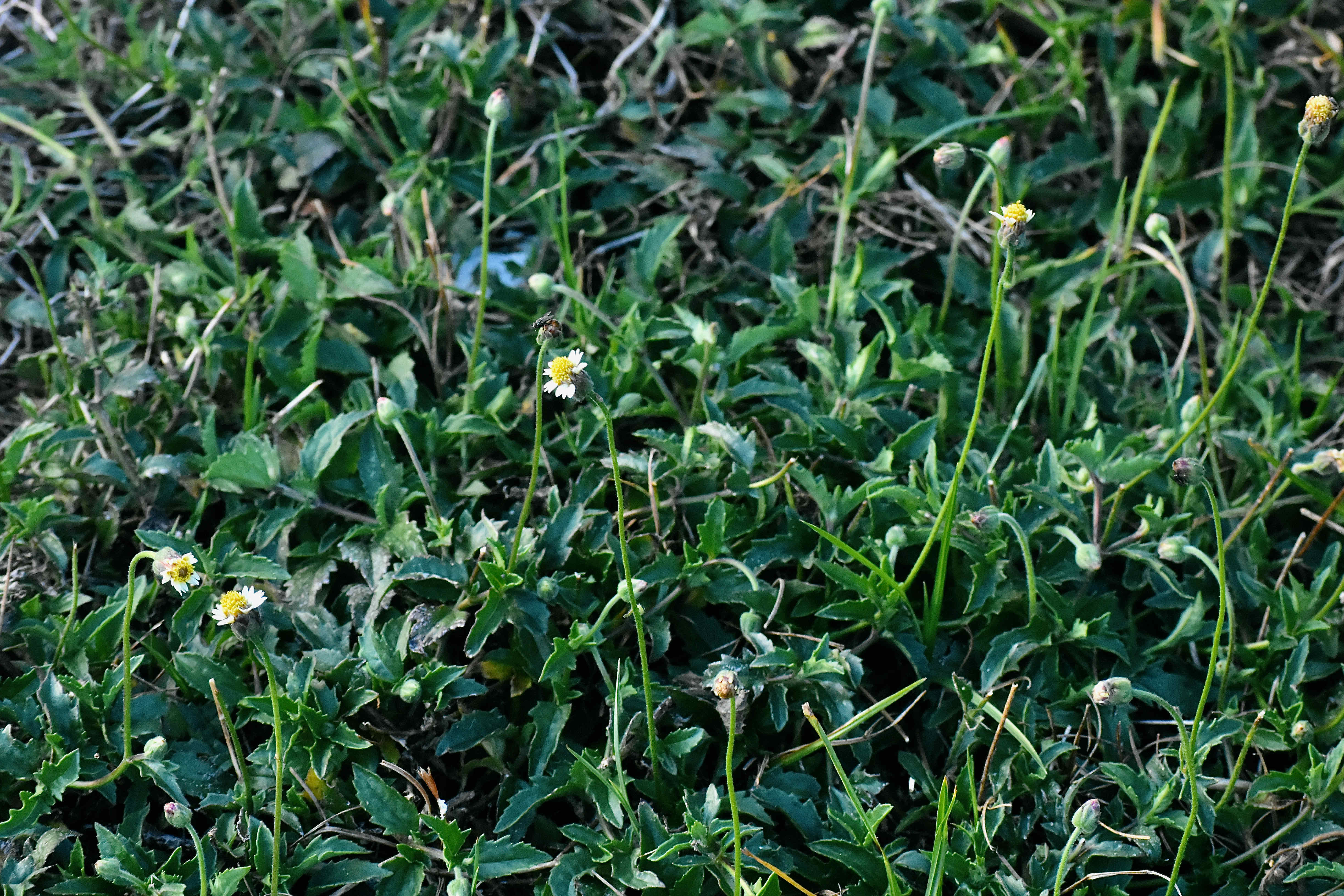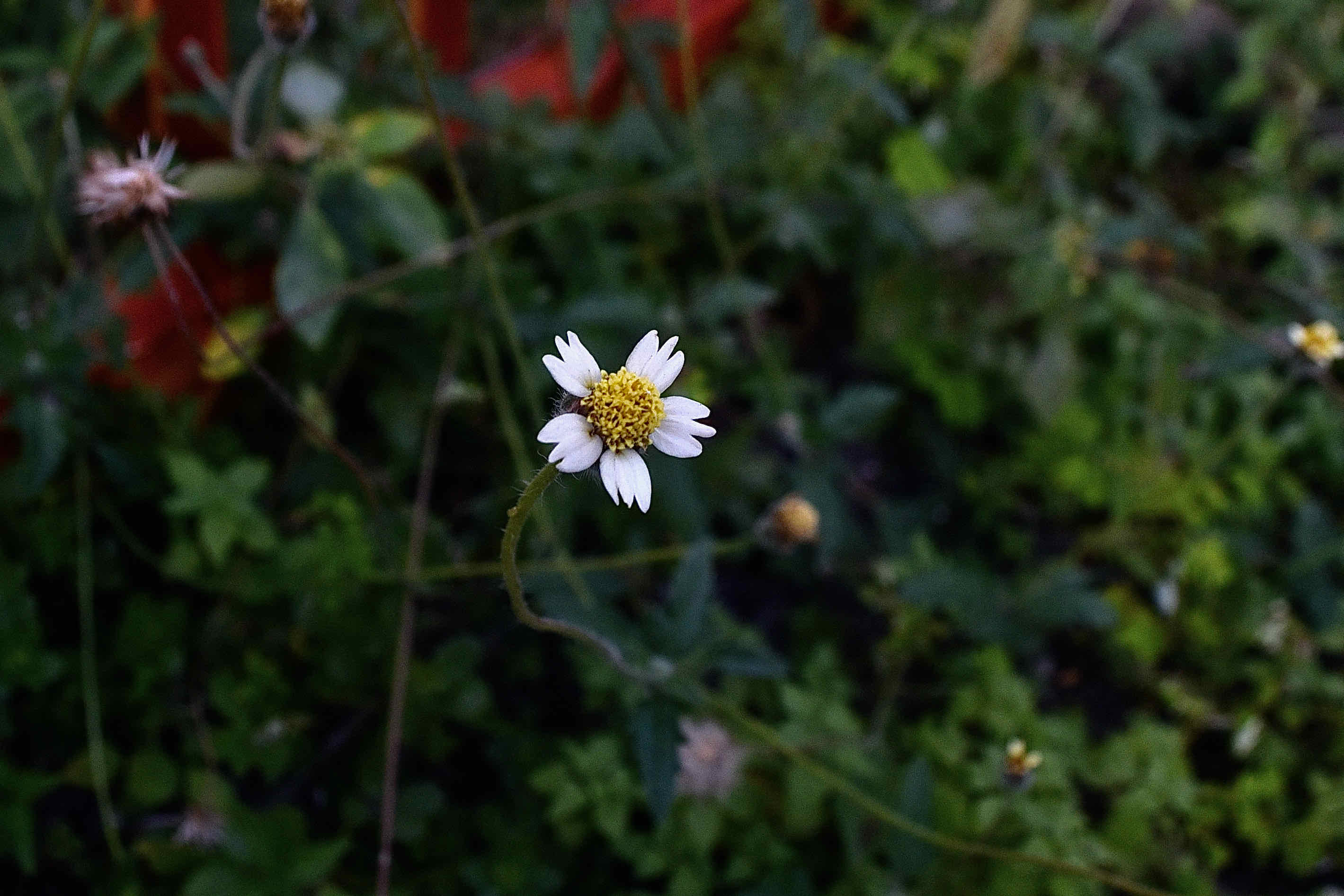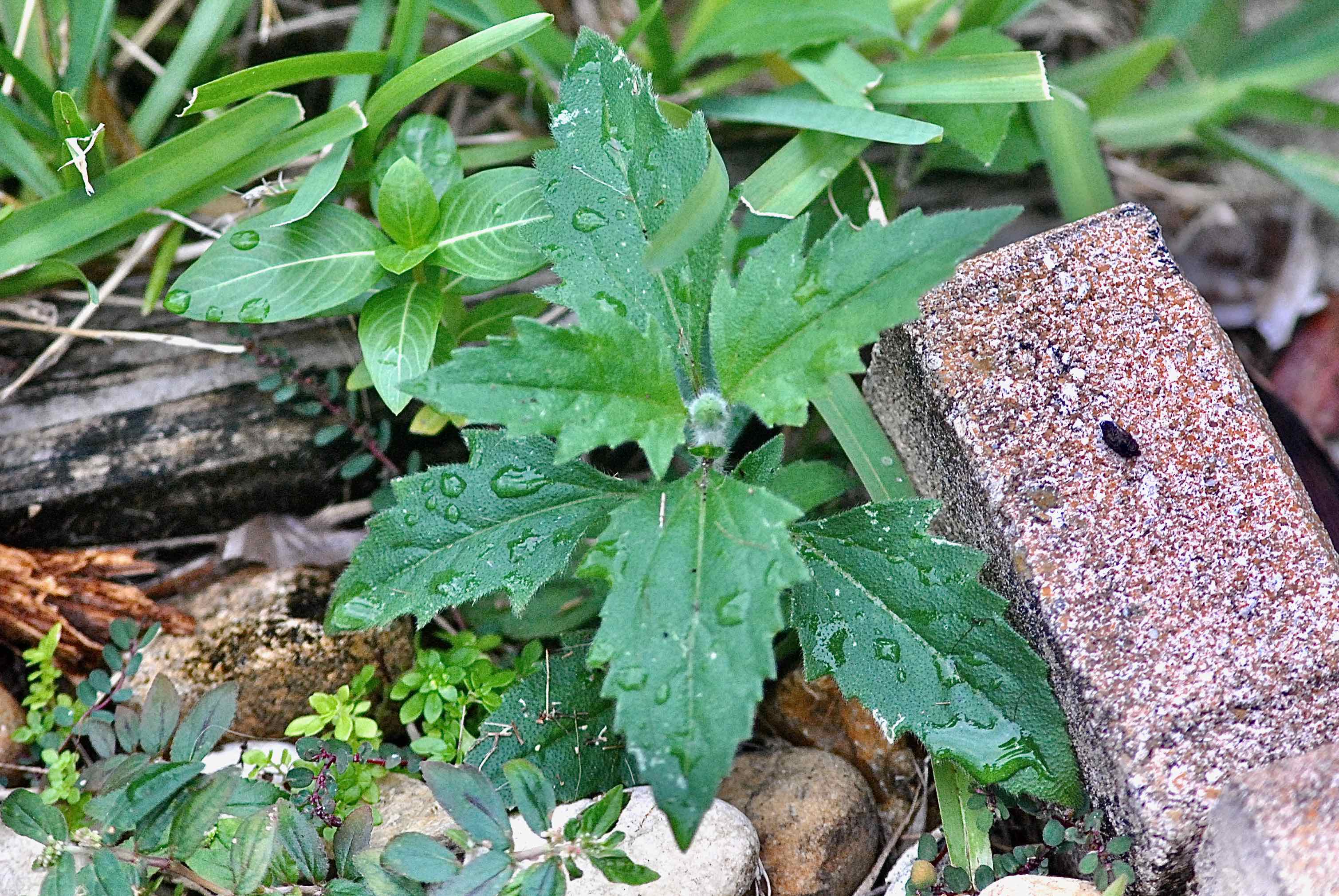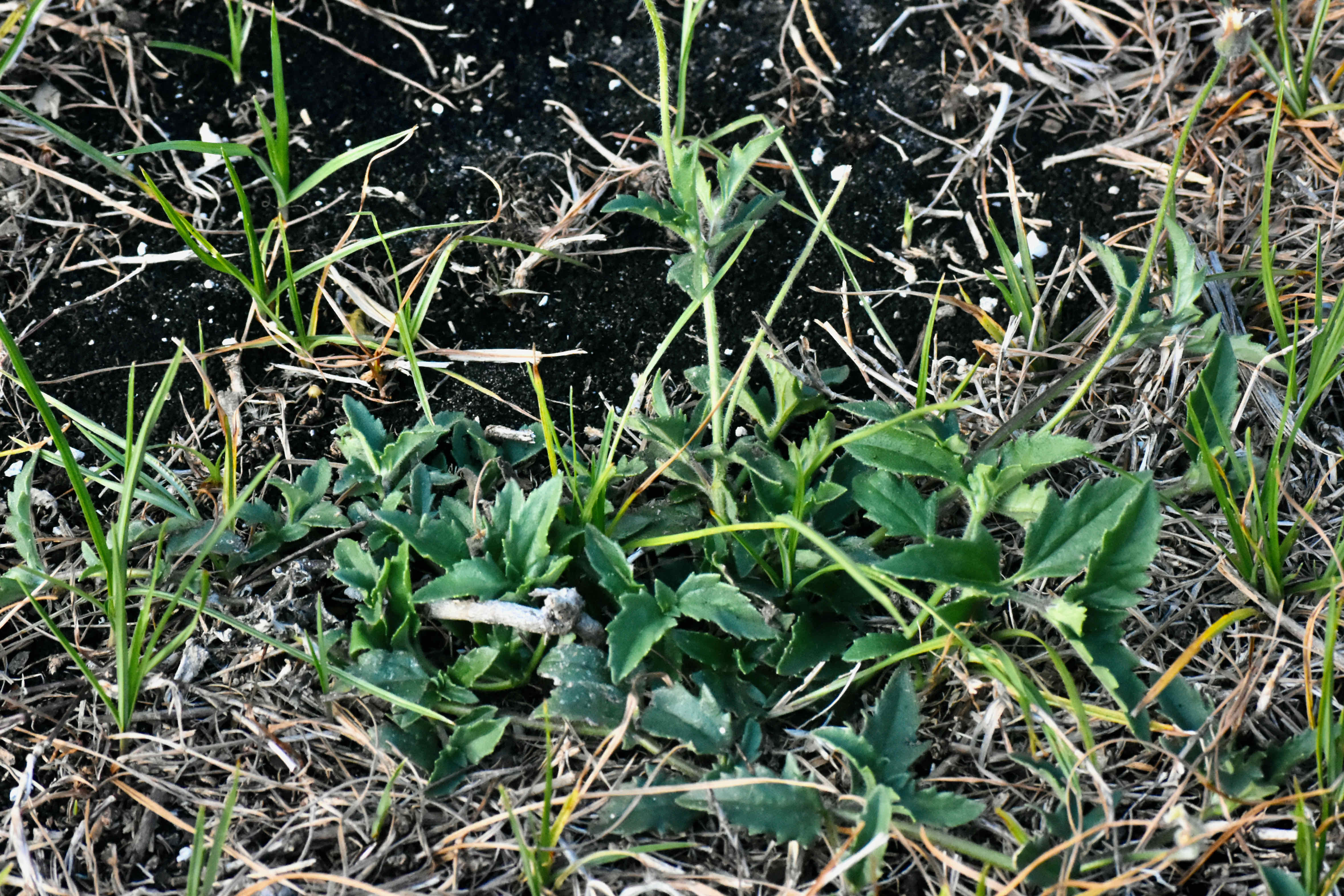
Coat buttons, photographed in northwestern Delray Beach, Palm Beach County, in June 2021.
Coat buttons, Tridax procumbens, might have achieved its pinnacle of fame in May 2009, when the Florida Department of Agriculture named it the weed of the month.
It was a designation well earned, but this scourage isn't just limited to Florida. Far from it. Coat buttons is found in places as far away as Ghana, Mozambique, India, Thailand and the Pacific Islands, including Hawaii. And pretty much everywhere it's found it is a pest.
How big of a pest is coat buttons? The feds have declared it a noxious weed. Two Florida agencies have declared it to be a noxious weed, as have four states, two of which — Minnesota and Vermont — where coat buttons has a proverbial snowball's chance of establishing itself in the wild. They're not taking any chances.
Coat buttons is native to Central and South America and has spread to warmer parts of the globe. Florida is the only state where it grows in the wild, mainly from the central Peninsula southward. It's been here at least since the 1920s. How it got here is anybody's guess, but an infestation in Laredo, Texas in 1998 offers evidence of how easily it could have established itself.
An 18-by-100-foot swath of land along a railroad spur suddenly bloomed with a thousand or more coat button seedlings just after sacks of coffee imported from Mexico were unloaded from a train and moved into a warehouse. The theory is coat button seeds hitched a ride on the coffee sacks. The amazing part is this: according to the USDA, the plants went from two-leaf seedling to foot-tall plants in full bloom in a matter of three weeks. Just as startling: a single coat buttons plant can produce as many as 500 to 1,500 seeds.
An application of Roundup took care of the Laredo infestation, by and large, but that solution would have been a lot more complicated if the infestation had been on or near environmentally sensitive land, a wetland for example.
Coat buttons flowers generally have five petals, some more, some less, each petal usually with three "teeth." Leaves are roughly arrow shaped, arranged opposite each other along the stem and the edges are serrated. The plant itself tends to be low-lying and sprawly. Seeds are fluffy, designed to be dispersed by wind. It will grow in lawns, disturbed areas, fields, even cracks in pavements. It's a serious pest in cotton fields as well as corn, sorghum, sugarcane, wheat and other crop fields. It robs the soil of nutrients, and we can imagine because of the plant's rapid growth that it can choke out crops in newly sown fields.
The interesting thing about coat buttons is its medical potential. The plant has been used in traditional medicine, particularly Indian, to treat numerous conditions. Scientific studies have shown the plant to have antiviral, antibiotic and antioxidant properties, and potential anticancer compounds. Coat buttons has been used to treat skin diseases and heal wounds, as an anticoagulant, fungicide, as a hair tonic, insect repellant and to treat diabetes. Not bad for a plant on the noxious weed list.
Other names include coatbuttons, brittleweed — a reference to how easy the stem breaks when attempting to pull it out of a bed — tridax and tridax daisy. It is a member of Asteraceae, the sunflower family.
Photo Gallery — Click on photo for larger image
U.S. Department of Agriculture Distribution Maps
